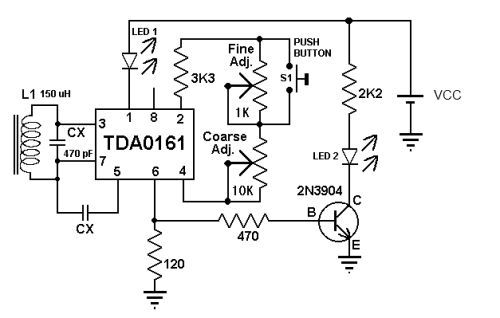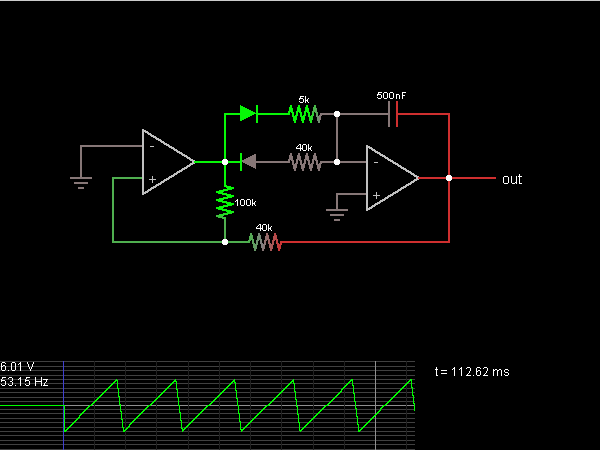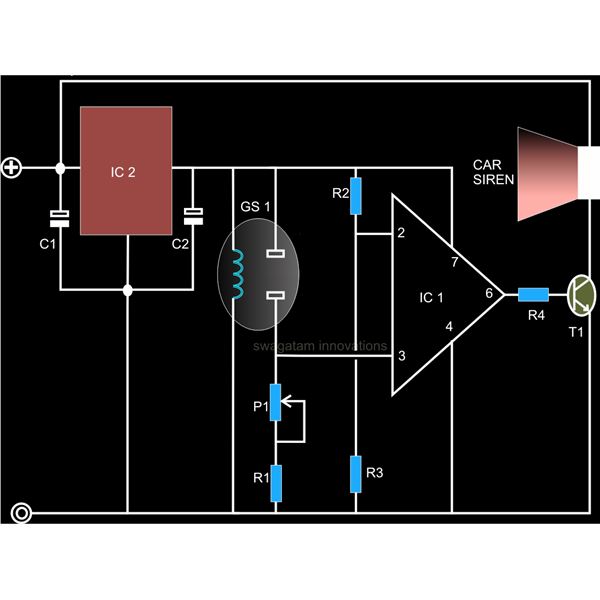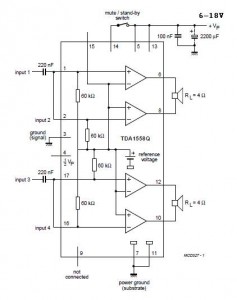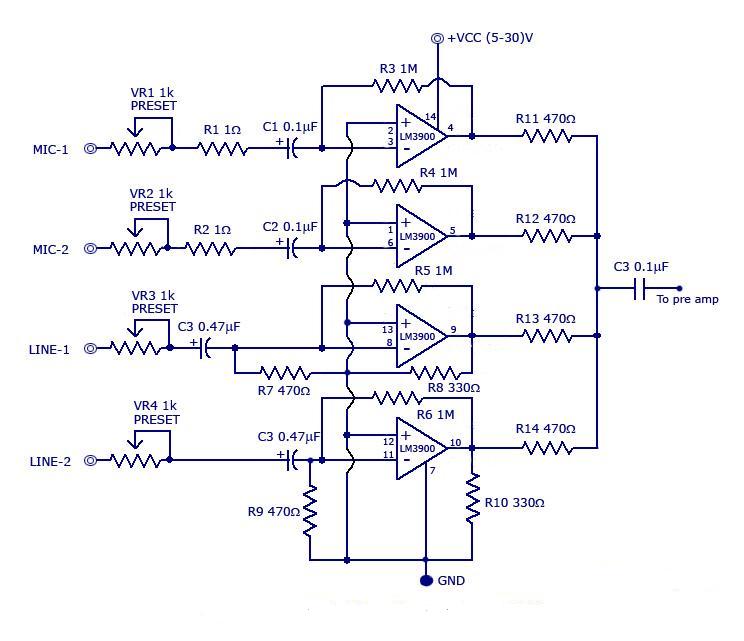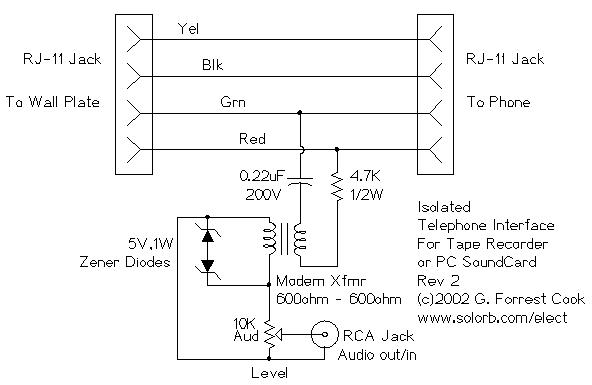
Audio Beat Detect ?« Electronic Product Design
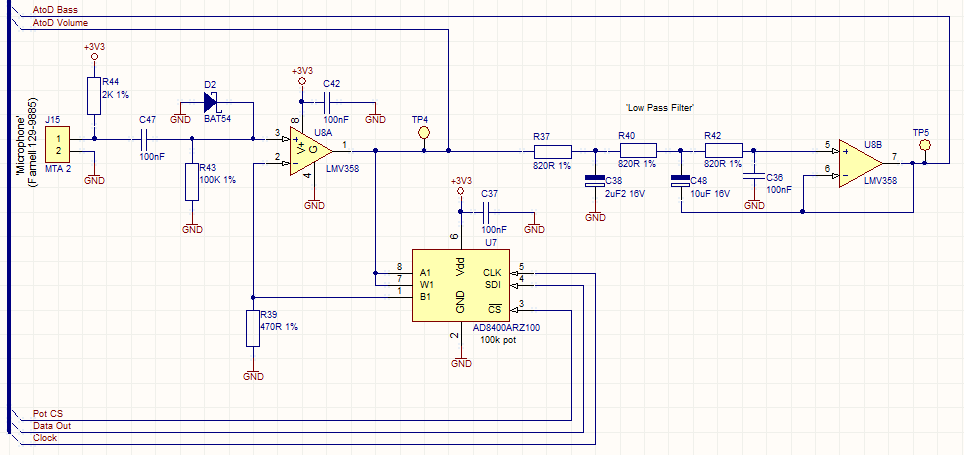
This circuit employs a digital potentiometer to enable the microcontroller to automatically adjust the circuit's gain according to the ambient audio volume. However, a standard potentiometer can be used if automatic adjustment is unnecessary. The low-pass filter design is based on Graham Mitchell's effective solution.
The circuit operates by utilizing a digital potentiometer, which is controlled by a microcontroller. This integration allows for real-time adjustments to the gain, ensuring optimal audio performance in varying ambient conditions. The microcontroller receives input from an audio sensor that detects the surrounding sound levels. Based on this input, it calculates the necessary gain adjustments and communicates with the digital potentiometer to modify the resistance, thus altering the gain of the audio signal.
For scenarios where automatic gain control is not required, a standard analog potentiometer can be substituted. This would allow for manual adjustments by the user, providing a more traditional interface for gain control.
The low-pass filter implemented in this circuit serves to eliminate high-frequency noise from the audio signal, enhancing the overall audio quality. The design is inspired by Graham Mitchell's solution, which is known for its efficiency and effectiveness in filtering unwanted frequencies. The low-pass filter typically consists of a resistor and capacitor (RC) configuration, which allows low-frequency signals to pass while attenuating higher frequencies. The cutoff frequency can be adjusted by changing the values of the resistor and capacitor, providing flexibility in the filter's performance.
In summary, this circuit combines advanced digital control with robust filtering techniques to create a versatile audio processing solution that can adapt to various environments while maintaining high audio fidelity.This circuit uses a digital pot to allow the microcontoller to automatically adjust the gain of the circuit to suit the ambient audio volume, but you could replace this with a standard pot if this isn`t needed. The low pass filter is a copy of Graham Mitchell`s nifty solution from this page: 🔗 External reference
The circuit operates by utilizing a digital potentiometer, which is controlled by a microcontroller. This integration allows for real-time adjustments to the gain, ensuring optimal audio performance in varying ambient conditions. The microcontroller receives input from an audio sensor that detects the surrounding sound levels. Based on this input, it calculates the necessary gain adjustments and communicates with the digital potentiometer to modify the resistance, thus altering the gain of the audio signal.
For scenarios where automatic gain control is not required, a standard analog potentiometer can be substituted. This would allow for manual adjustments by the user, providing a more traditional interface for gain control.
The low-pass filter implemented in this circuit serves to eliminate high-frequency noise from the audio signal, enhancing the overall audio quality. The design is inspired by Graham Mitchell's solution, which is known for its efficiency and effectiveness in filtering unwanted frequencies. The low-pass filter typically consists of a resistor and capacitor (RC) configuration, which allows low-frequency signals to pass while attenuating higher frequencies. The cutoff frequency can be adjusted by changing the values of the resistor and capacitor, providing flexibility in the filter's performance.
In summary, this circuit combines advanced digital control with robust filtering techniques to create a versatile audio processing solution that can adapt to various environments while maintaining high audio fidelity.This circuit uses a digital pot to allow the microcontoller to automatically adjust the gain of the circuit to suit the ambient audio volume, but you could replace this with a standard pot if this isn`t needed. The low pass filter is a copy of Graham Mitchell`s nifty solution from this page: 🔗 External reference
